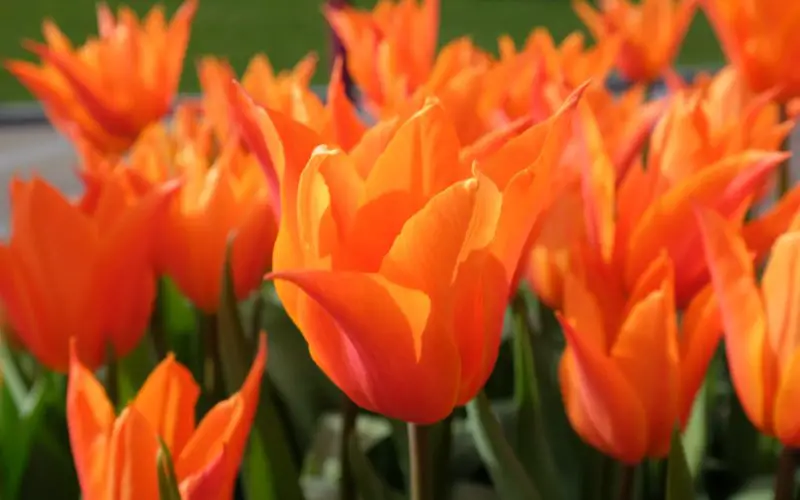Orange is the color of the Netherlands because it is the color of the Dutch Royal House. The Dutch flag is red, white, and blue, but orange is often used to represent the Netherlands because it was the color of William I, Prince of Orange-Nassau. He was a very important leader during the Dutch Revolt against Spain in the late 16th century.
Why is orange the Dutch national colour?
The Netherlands is a small country with a big impact. Its people are known for being hardworking and innovative, and its culture is celebrated around the world. One of the most recognizable aspects of Dutch culture is the color orange.
Why is orange the color of the Netherlands? The answer lies in history. In 1572, William I of Orange led a revolt against Spain that eventually resulted in Dutch independence.
Since then, orange has been associated with the Netherlands and its people.
Today, orange is still an important part of Dutch culture. The national flag features three horizontal stripes in red, white, and blue, with an orange lion in the center.
And on April 27th, Queen’s Day, the streets are filled with revelers wearing orange clothes or painting their faces orange in celebration.
So next time you see someone wearing orange, you’ll know they’re proud to be Dutch!
Why is the Dutch Flag Not Orange
The Dutch flag is not orange because the Dutch royal family is from the House of Orange-Nassau. The color orange was associated with the prince of Orange, and later became the official color of the Dutch royal family.

Credit: aboutthenetherlands.com
Why is Orange a Dutch Color?
There are a few reasons why orange is considered a Dutch color. One reason is that it is the color of the Dutch royal family. The House of Orange-Nassau has been the ruling house of the Netherlands since 1815, and members of the family have often worn orange clothing or accessories to show their loyalty to the Netherlands.
Another reason is that orange is one of the colors of the Dutch flag. The flag, which was adopted in 1572, features three horizontal stripes in red, white, and blue; however, variations of the flag with an orange stripe instead of a red stripe were also used during certain periods in history. Finally, orange represents autumn and harvest time in many parts of Europe (including the Netherlands), so it is often associated with these concepts.
Why is Dutch Flag Not Orange?
The Dutch flag is red, white, and blue. The orange color is associated with the House of Orange-Nassau, which was the ruling dynasty in the Netherlands until 1890. The current Dutch flag was introduced in 1937, and has been unchanged since then.
So why isn’t the Dutch flag orange? There are a few possible explanations. One theory is that it’s simply a matter of aesthetics; orange doesn’t work well as one of the three colors in a tricolor flag.
Another possibility is that the Dutch wanted to distance themselves from their former rulers after becoming a republic in 1890. And finally, it could be argued that the blue and white colors represent Holland (the low-lying coastal region), while the red represents Belgium (which was part of the Netherlands until 1830). Whatever the reason, the Dutch flag is now firmly entrenched in its current form, and there’s no going back to orange.
Why Does Netherlands Have Orange in Flag?
The Netherlands is a country located in northwestern Europe. The Dutch flag consists of three horizontal stripes of red, white, and blue. In the center of the flag is a orange-colored lion with a black crown and seven arrows.
The three colors on the Dutch flag represent the three main provinces of the Netherlands: Holland, Zeeland, and Frisia. The orange color represents the House of Orange-Nassau, which has been the ruling dynasty of the Netherlands since 1815.
In 1568, William I of Orange-Nassau led a revolt against Spanish rule in the Netherlands.
This eventually resulted in independence for both Belgium and the Netherlands. As such, orange has come to be seen as a symbol of Dutch national pride and liberty.
Conclusion
Orange is the color of the Netherlands because it is associated with the House of Orange-Nassau. The House of Orange-Nassau is the royal house of the Netherlands, and it has been in power since 1815. The current head of state is King Willem-Alexander, who ascended to the throne in 2013.
